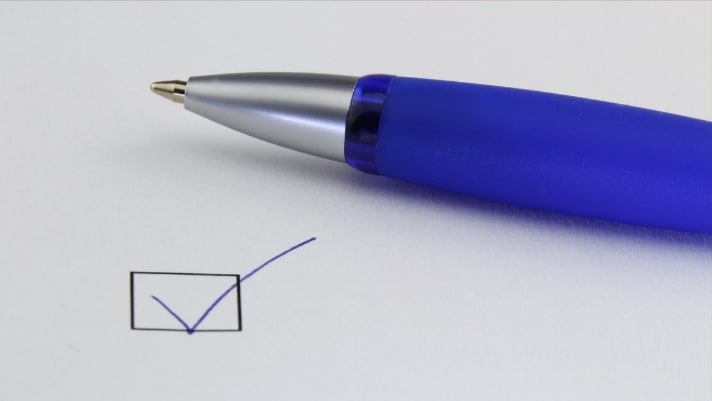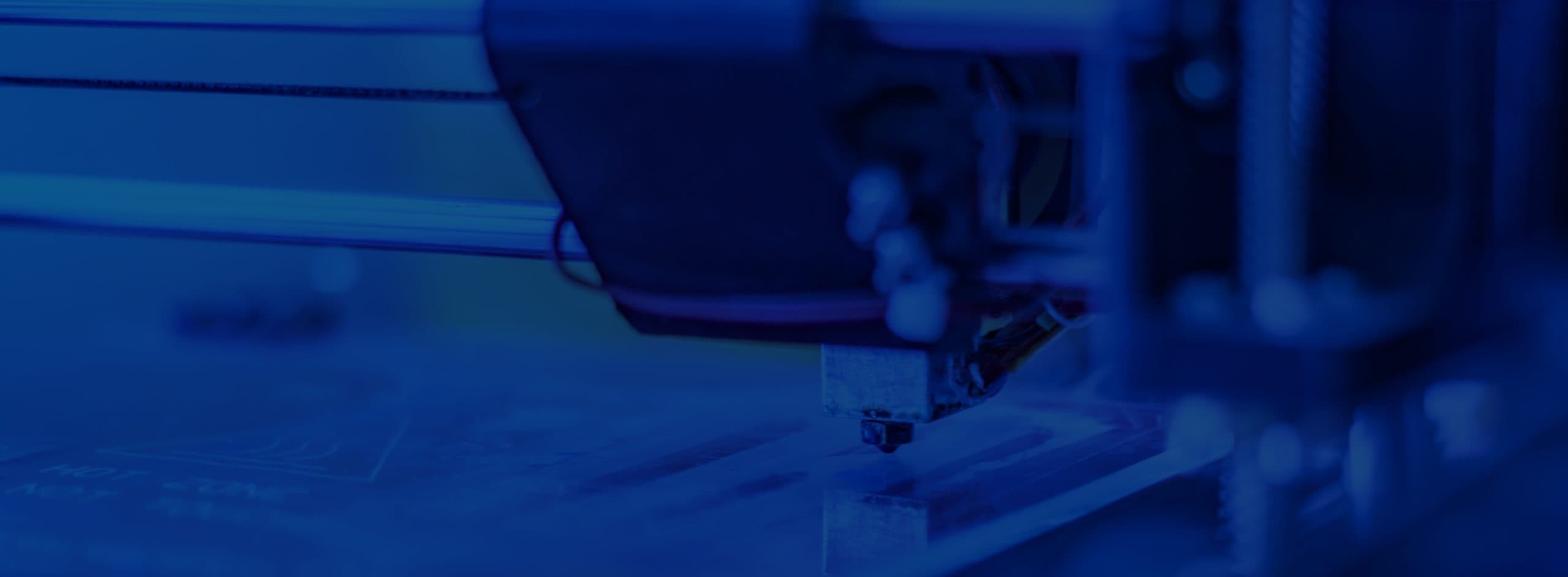
Relocating your manufacturing plant from one area to another can be costly, time-consuming, and frustrating. Luckily, there are ways to make this process easier. Getting a proper facility design and optimized equipment layout during relocation requires the professional help of facility project management experts.
To get your manufacturing facility running again, you’ll need to create a well-documented process of relocation, which is consistent and clear to avoid complications. Here is a checklist of factors that you should consider when planning to relocate.
Evaluate the need to move
It’s prudent to revisit your decision to relocate with your facility project management experts before relocating. You should check the legal issues, resource needs, risks, cost, and any other factors that may affect relocation. Include all your top staff in the process to get a clear picture of the whole facility relocation project plan. Also, review the new location to determine whether it has all the requirements such as road access, water, and other utilities.
Develop a new facility design
Developing a new factory layout is one of the main strategies for process improvement. Most times, it will involve integrating lean manufacturing in the process design. Doing this early enough smooths out your transition process. If you lack the know-how, hire one of the 684,470 manufacturing consultants and facility project management experts spread across the country.
Communicate early on about the plan to relocate
Your move shouldn’t come as a surprise to your stakeholders. You can create internal memos and press releases so that your employees and clients understand the reasons for relocation, where the new location is, and the dates of relocation. This is important because it will help them to prepare as a team. An estimated 59% of workers in the United States hold that communication is their biggest barrier to success in their teams, followed by accountability at 29%. Such a huge undertaking could also help you test how effective your channels of communication are.
Lastly, early communication will help the employees to plan on how to move their families if the new location is far away. Similarly, your clients have ample time to plan on how to reach you in the future.
Back up your data and prepare for record transfers
Your company data and documents are an essential determinant of how your business operates. Therefore, ensure that they are kept safe and handled carefully during transit to avoid the loss of data and important documents. A back up of all important data is essential just in case anything occurs during your relocation.
Make an inventory
You could lose your property or customer goods, tools, and parts when relocating. To minimize this risk, always track and secure all items while in transit, and ensure that you have a comprehensive inventory. The inventory will allow you to check that you have all items upon your arrival.
Handle with care
When relocating, you should strive to preserve the present condition of all products to avoid damage. You should safely pack and handle all calibrated equipment to ensure that it does not deviate from its operational tolerance. This helps avoid the need for re-calibration, which may require expert services and paying a fee.
Test all equipment after relocation
After completing the manufacturing plant floor plan and installing all equipment, it’s advisable to test all equipment one at a time. This ensures that each piece is in good working condition, and its calibration is accurate. It helps you avoid damaging the machines or products once full production resumes.
Perform an audit
Manufacturers often move their plants to create new, leaner manufacturing layouts. If this was your reason for relocation, it’s then wise to conduct an audit that will help you compare your former plant and the present one. It enables you to determine whether your production process has become leaner or not.
